

Max Davies
How Audi, BMW, Honda, Mercedes-Benz, and Suzuki started out in Australia, and where they are now
15 Hours Ago
A once-storied Italian marque that has gradually withered away, Lancia could be making a comeback with further investment under Stellantis ownership.

Contributor
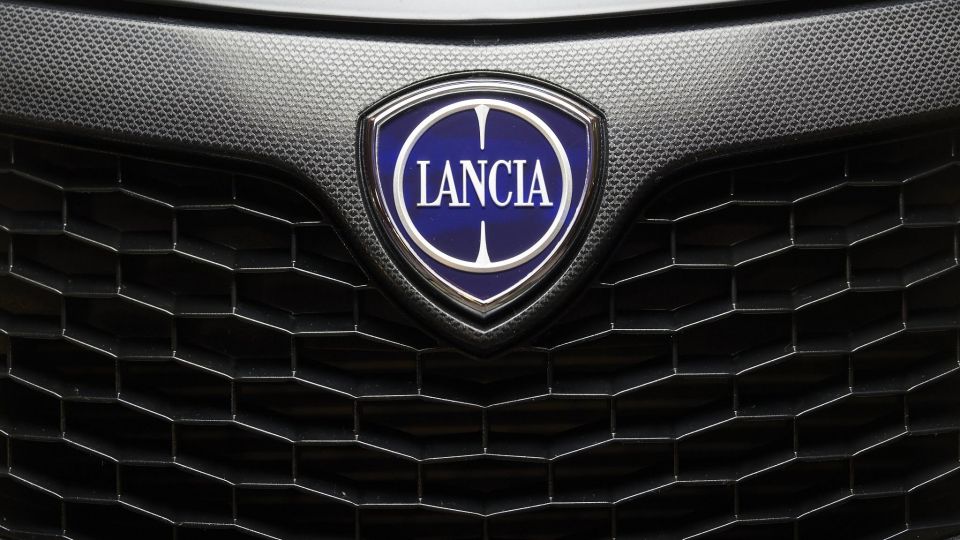

Contributor
Italy boasts some of the world’s most famous and prestigious automotive brands in the world, from Alfa Romeo and Maserati up to Ferrari and Lamborghini.
Lancia is another historic Italian brand that at some points in its history approached the same level of prestige as these marques, but more recently has limited itself to selling one model of car, the dated Ypsilon light hatch, in just one market: Italy.
Stellantis, formed from the merger of Groupe PSA (Peugeot-Citroën) and Fiat Chrysler Automobiles (FCA), has recently committed to giving each of its brands the chance to produce a 10-year plan which will be supported by a corresponding 10-year investment.
New Lancia CEO Luca Napolitano has also suggested that successful growth of the brand could see it return to right-hand-drive markets including Australia.
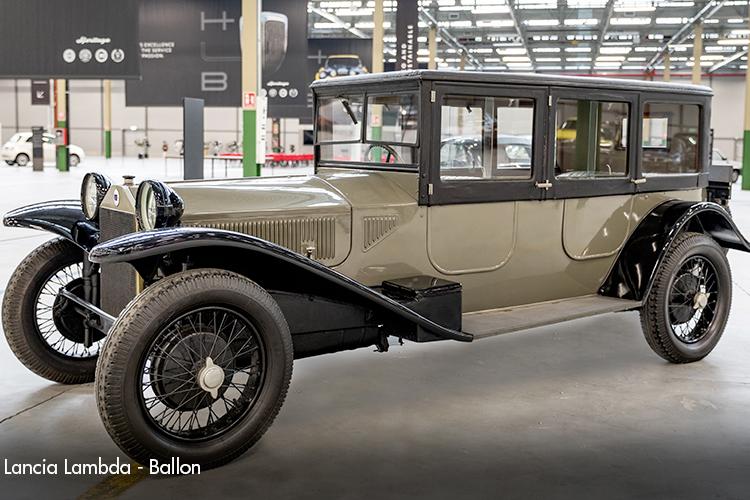
Lancia can trace its history all the way back to 1906, when it was formed by former Fiat engineers Vincenzo Lancia and Claudio Fogolin, who desired to make more performance oriented cars suitable for racing than the comparatively workaday models then being produced by Fiat.
The brand’s early models also helped build its reputation as a technical pioneer, with the firm responsible for introducing numerous innovations still in use today.
The 1913 Lancia Theta was the first European car to feature a complete electrical system. The subsequent Lambda, made over a period of almost 10 years during the 1920s, was one of the first cars to use a monocoque (rather than body-on-frame) chassis design, and also featured an early implementation of independent front suspension, significantly improving upon the live axles that were otherwise common at this point.
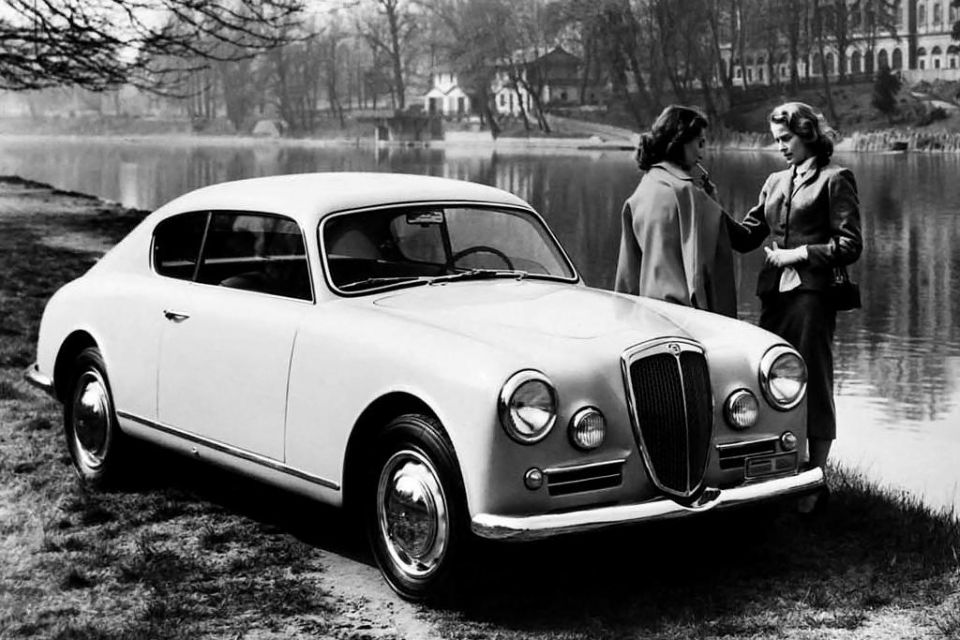
Arguably just as important, if not more so, was the brand’s commercialisation of the five-speed manual gearbox in 1948 with the Lancia Ardea. Notably, the Italian brand was also the first to commercialise and mass-produce the V6 engine, with this engine design (in various displacements) used in the Lancia Aurelia, produced from 1950-58.
Although all these innovations substantially raised the image of the brand as the most innovative and technically advanced Italian marque, they also required complex, expensive engineering, and with the brand using dated production equipment, meant that the production process was very labour intensive, further raising costs. Dwindling demand led to the end of the firm being an independent company, with Fiat buying out Lancia in 1969.

The two most famous Lancia models in recent memory have arguably both gained their popularity due to their performance and their contributions to ensuring the brand’s presence on the world rallying stage.
The first of these is the Lancia Stratos. With almost 500 units produced over five years from 1973 to 1978, the Stratos featured a distinctive short-wheelbase, wedge-shaped design with a stubby profile and trademark wraparound, motorsport helmet-style windshield.
The car’s use of a Ferrari V6 engine mounted midship, and its light weight was key to it helping Lancia win the Word Rally Championship for three years consecutively over 1974, 1975 and 1976.
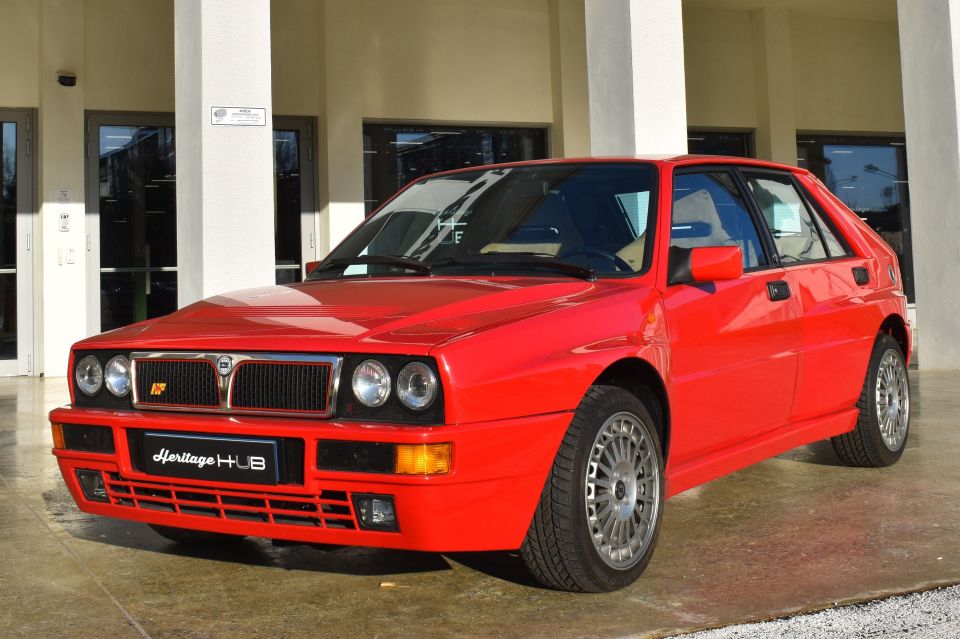
The second model is the Lancia Delta, specifically the first generation produced from 1979 to 1994. Its fame and presence in pop culture is perhaps confirmed by the model continuing to be a popular car of choice in video games such as Gran Turismo 2 and onwards.
While ordinarily a normal family hatchback, the addition of a four-wheel drive system and a turbocharged 2.0-litre four-cylinder engine to HF and HF Integrale variants during the mid-1980s gave the car exceptional performance, and led to the model being one of the most successful rally cars ever, winning six straight World Rally Championships from 1987 to 1992 in the Group A class.
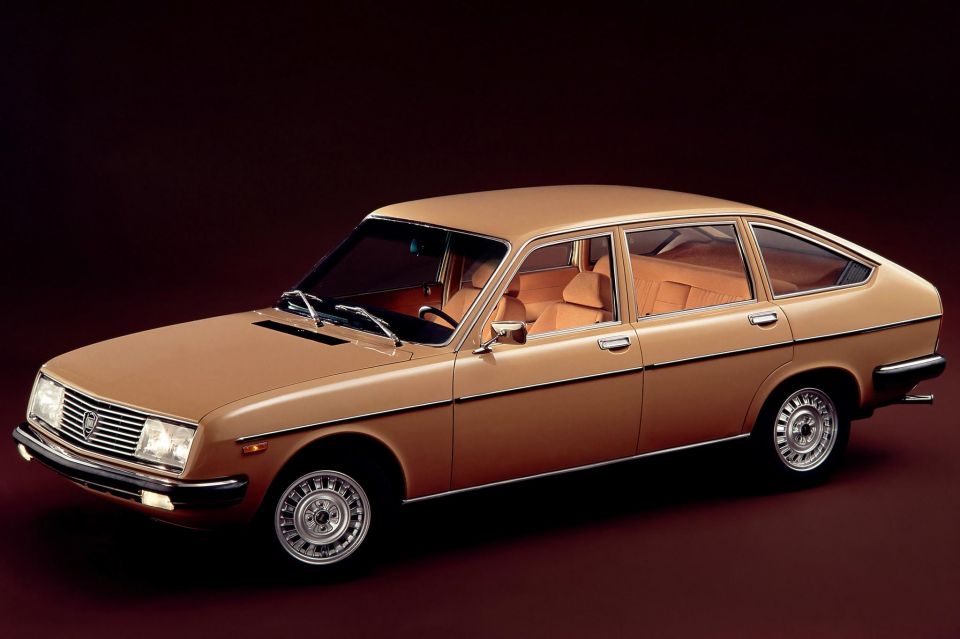
Lancia first made an appearance in the Australian market in 1961, before disappearing in 1985. Over the course of its run Down Under, the firm sold four models: the Flavia coupé and sedan, the flagship Flaminia coupé and sedan, as well as the Fulvia and Beta.
None of these models were large sellers in the Australian market. The Beta in particular suffered from extensive rust issues during the 1970s, due to a combination of using poor quality steel and poor engineering of water drainage channels and subframes that were used to mount the car’s engine.
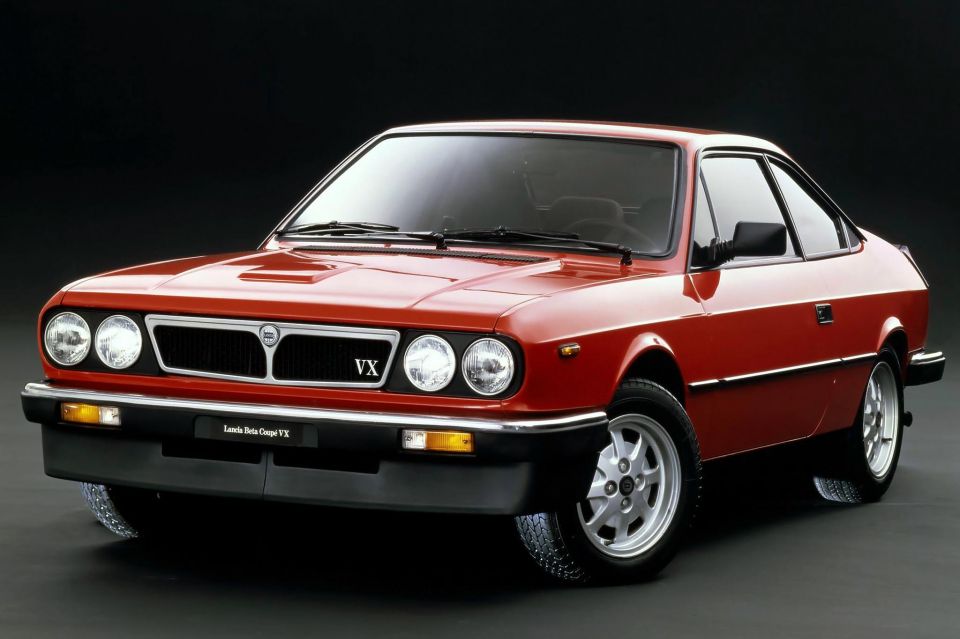
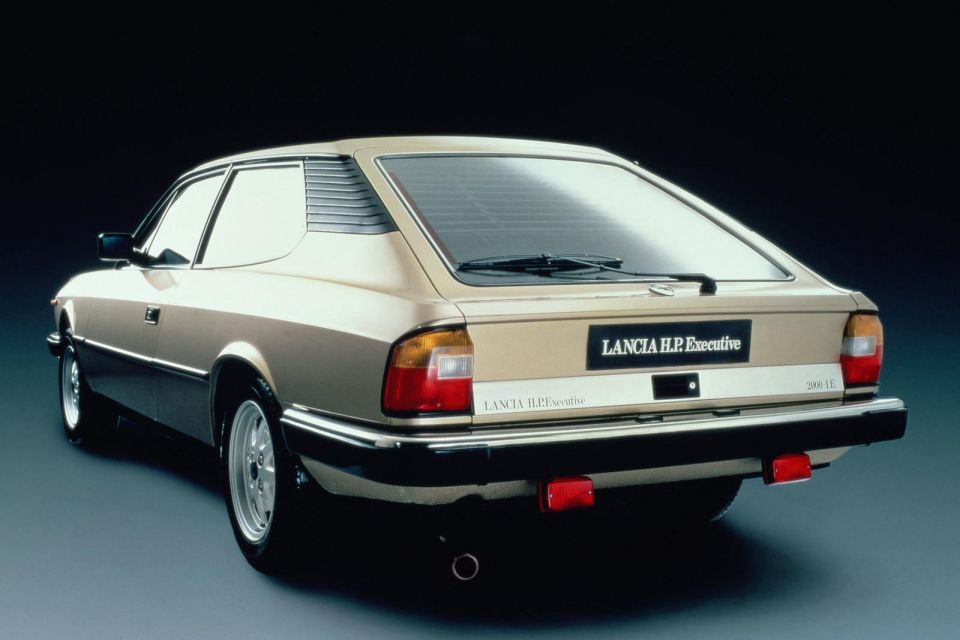
Despite being an otherwise enjoyable car to drive, these issues substantially tarnished the Beta’s reputation and that of the company. This led sales to plummet further in Australia and the firm’s main right-hand-drive export market, the UK, as well as throughout Europe.
The brand left the UK in 1994, though it lived on in Europe with a range of Fiat-based models positioned further upmarket from that brand. This range was gradually whittled away and, after an ill-fated experiment selling rebadged Chrysler models in Europe during the 2010s, Lancia ended up withdrawing from all markets except Italy by 2017.
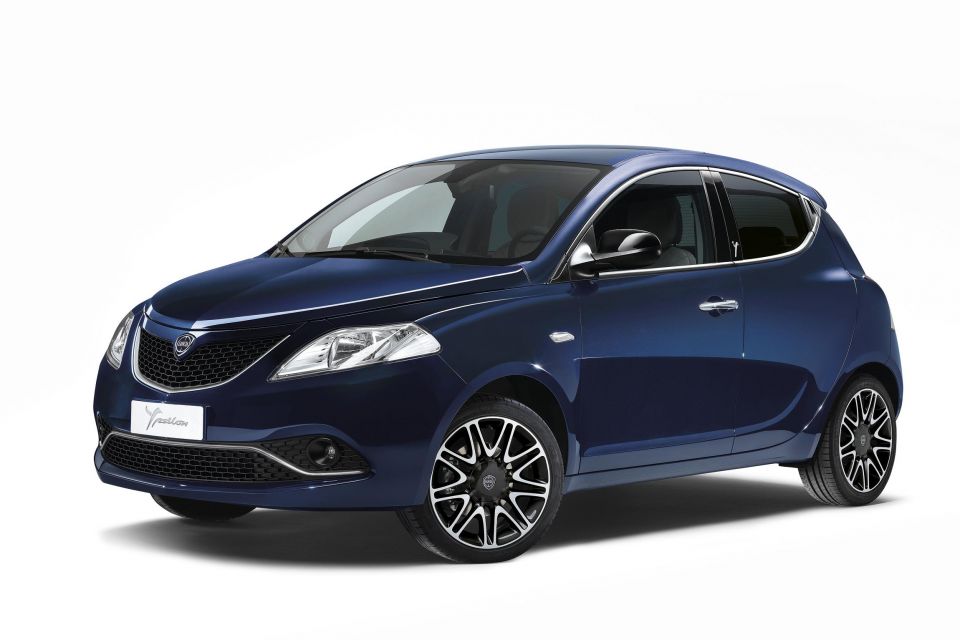
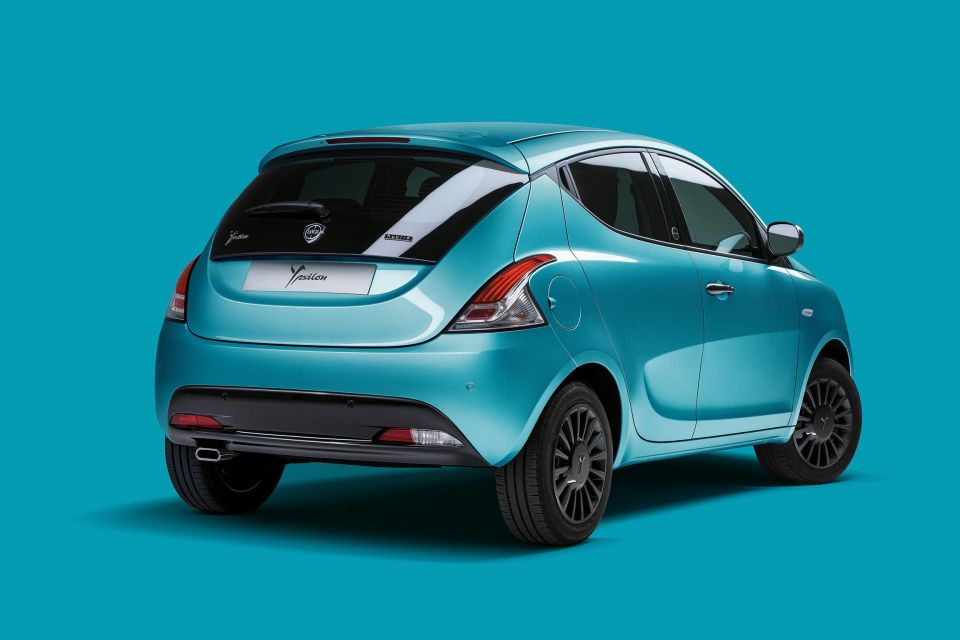
Under new Stellantis ownership, Lancia has been grouped into its ‘Premium’ tier of brands alongside Alfa Romeo and DS, all of which sit above more mainstream brands in the company’s portfolio such as Peugeot, Citroën, Fiat and Opel but below Maserati. Additionally, Lancia’s new CEO has stated that he wants to benchmark Mercedes-Benz when expanding the brand beyond its current market of Italy, if not fight the German luxury juggernaut head-on.
All of this would mean a return to the brand’s more upmarket roots. The Mercedes benchmark implies that any product sold here in the future would also have premium pricing, perhaps comparable to or slightly less than the German trio.
The product plan for the brand’s relaunch calls for an all-new replacement for the existing Ypsilon light hatch in 2024, followed by a mid-sized crossover in 2026 and a family hatch reviving the storied Delta nameplate in 2028.
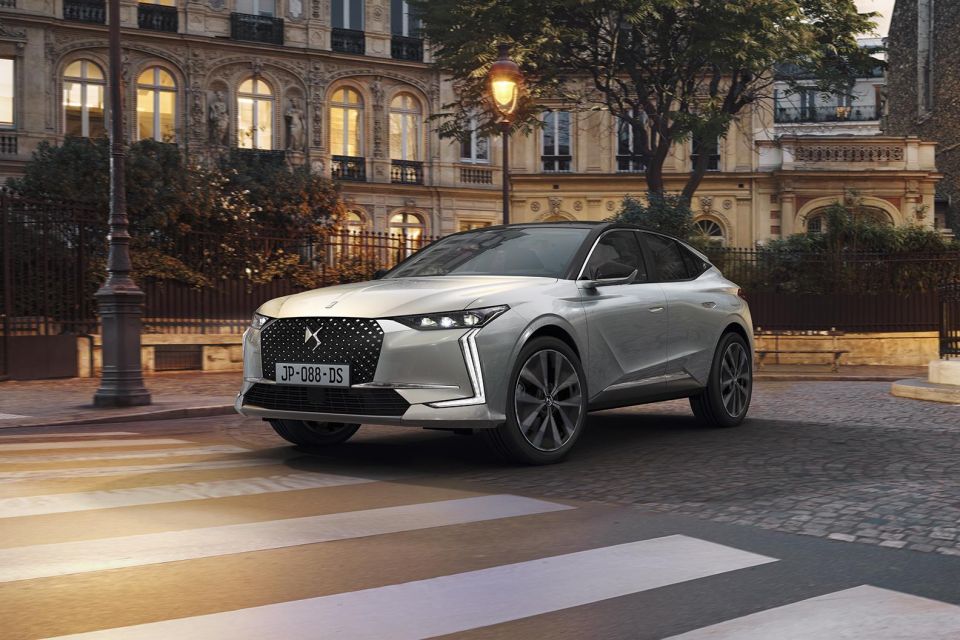
The next-generation Ypsilon will be the brand’s last internal-combustion engine-powered vehicle, though it’ll offer hybrid and electric powertrains. The other two models will be electric-only.
It’s easy to see the new Ypsilon competing directly with rivals such as the Audi A1 and Mini Cooper hatch. Any Delta revival would find itself in the midst of a spate of fierce competitors including the Audi A3, Mercedes-Benz A-Class, BMW 1 Series as well as internal competition from the DS 4 (not currently sold in Australia) and even the Peugeot 308.


Max Davies
15 Hours Ago


William Stopford
15 Hours Ago


Derek Fung
15 Hours Ago


Max Davies
23 Hours Ago


William Stopford
2 Days Ago


Ben Zachariah
2 Days Ago